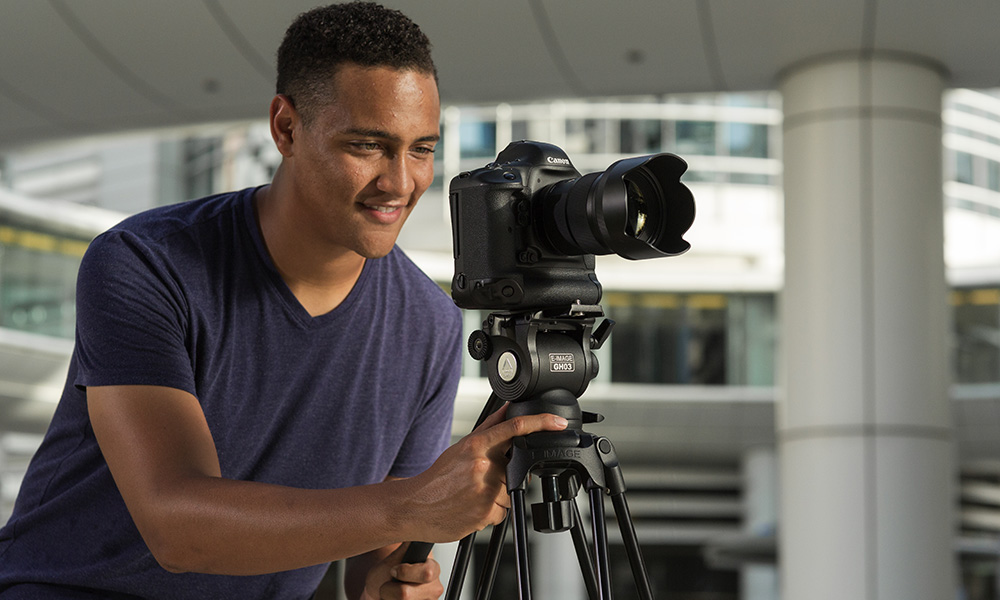A camera tripod is an essential tool in every photographer’s kit, offering stability and precision that can significantly enhance the quality of your shots. At its core, a tripod is designed to provide a steady platform for your camera, which is crucial for achieving sharp images, especially in low-light conditions or when using long exposure times. The variety of tripods available today caters to different styles and needs, from the rugged outdoor adventurer to the studio professional. When selecting a tripod, consider the material as it affects both durability and weight. Aluminum tripods are popular for their balance of strength and affordability. They are generally heavier but offer a solid, stable base that can handle a variety of camera setups. Carbon fiber tripods, on the other hand, are favored for their lightweight and vibration-dampening properties, making them ideal for travel and long treks. However, they come at a higher price point.

The design and functionality of the tripod are equally important. Tripods come in several configurations, including traditional three-legged designs, which provide stability and ease of use, and more specialized models like the monopod or the gorillapod. Monopods are single-legged supports that are useful for quick setups and in situations where space is limited. Gorillapods, with their flexible, bendable legs, offer a versatile solution for uneven terrain and unconventional mounting positions. Another key aspect to consider is the Camera Tripod height and adjustability. A tripod should be able to extend to a height that allows you to comfortably frame your shot without straining. Additionally, the tripod should have adjustable legs and a center column that can be raised or lowered to achieve the desired composition. Many tripods also feature a 360-degree rotating head, which is essential for capturing panoramic shots or achieving precise camera angles.
The load capacity of the tripod is another crucial factor. Ensure that the tripod can support the weight of your camera and any additional gear you might use, such as large lenses or external flashes. Overloading a tripod can lead to instability and potential damage to both the tripod and your equipment. The tripod’s head, which is the part that connects to the camera, also plays a significant role. Ball heads are popular for their fluid movement and quick adjustments, making them suitable for dynamic shooting environments. Pan-and-tilt heads offer more precise control for specific adjustments, which is useful for architectural photography or any scenario requiring meticulous alignment. In conclusion, choosing the right tripod involves balancing factors such as material, design, height, load capacity, and head type. Investing in a high-quality tripod tailored to your specific needs will enhance your photography experience, providing stability and creative flexibility. Whether you are capturing breathtaking landscapes, detailed close-ups, or dynamic action shots, the right tripod can make a significant difference in the outcome of your images.
